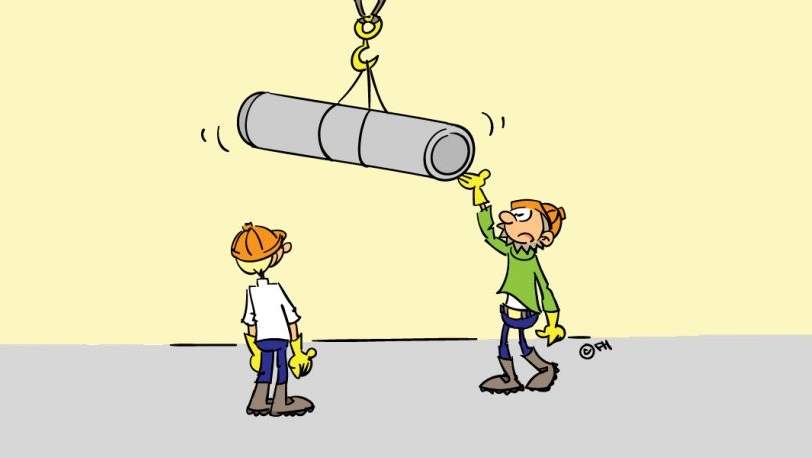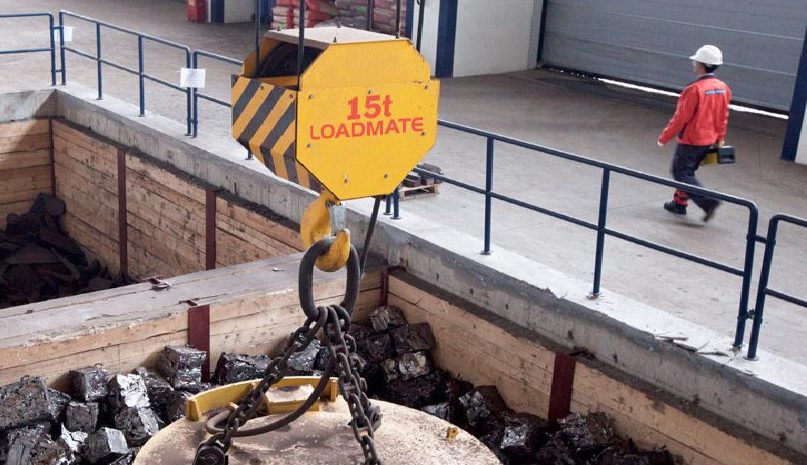Overhead cranes and hoists are intricate pieces of machinery that demand two things above all: safety and precision. Anyone in the industry will attest to the pivotal role of these concepts, especially when one brings up the revered name of LOADMATE. With its emphasis on best practices, LOADMATE underscores the necessity of pinpointing the weight of a load before initiating any overhead lift.
Knowing the exact weight isn't merely about numbers or metrics. It's about ensuring a hazard-free environment, optimizing equipment usage, and achieving operational efficiency. Let's walk you through the most effective strategies to precisely determine load weight.
1.Laying the Groundwork: Pre-lift Considerations
Before diving into calculation methods of Load Weighing, you need to consider several foundational points:
- Visual Checks & Marked Weight: Always start with a basic check. Some loads have their weights clearly marked, which can simplify your process.
- Load Familiarity: Recognize the load. If you're dealing with routine items like steel coils or bundles of pipes, familiarize yourself with their average weight.
- Reviewing Design Plans & Shipping Documents: Engineering designs and shipping papers often have the load weight mentioned. Ensure you have access to these documents.
- Product Catalogues & Databases: Machinery and equipment often come with weight specifications, either in product brochures or online on distributor websites.
2.Delving Deeper: Calculating Load Weight
- Manufacturer’s Data: Always begin by referring to the product manual or data sheet. These often contain invaluable weight information, especially for standard equipment.
- Weighing Scales: A calibrated industrial scale can be your first port of call for direct items. For bulkier items, breaking them down or using multiple scales may be the approach.
- Digital Load Cells: When typical scales fall short, digital dispaly load cells come to the rescue. Integrated into the lifting gear, they provide real-time weight feedback.
- Volume & Density: For irregularly shaped items, compute the volume first (using various formulas based on the shape) and then multiply it by the material's known density.
- Technological Assistance: With the digital age in full swing, companies like LOADMATE harness specialized software for weight estimation. This software blends data input, sensors, and advanced algorithms to pinpoint load weight.
- Expert Advice: In high-stakes scenarios, it’s prudent to involve a weight and measurement specialist. Their insights can offer clarity, especially in unconventional or nuanced situations.
- Safety Margins: Even with precise calculations, always accommodate a margin for unforeseen variables. For instance, if your crane can handle 10 tons, aim for no more than 9 tons as your lifting target.
3.Why Getting It Right Matters
- Safety First: Misjudging weight can lead to disastrous outcomes, endangering both humans and equipment.
- Prolonged Equipment Life: Regularly overburdening cranes or hoists diminishes their lifespan. Precise weight knowledge promotes optimal equipment usage.
- Operational Efficacy: Being sure of the weight ensures seamless operations, free from interruptions due to weight anomalies.
- Compliance: Many regions have strict weight guidelines for lifting gear. Accurate measurements help in adhering to these, steering clear of potential legal troubles.
4.Tech-Assisted Weighing: The Role of Dynamometers & Load Cells
For those who want a technological edge in Load Weighing, devices like dynamometers or load cells can be revolutionary. Attached to the crane hook hardware, these devices measure weight by computing the force exerted. The displayed weight can vary from analog dials to digital display or even advanced software interfaces. However, routine calibration and maintenance, as recommended by the manufacturer, are crucial for accurate readings.
5.Final Thoughts
When orchestrating an overhead lift, it's more than just shifting a load; it's a synchronized dance of precision, safety, and technical expertise. Proper weight assessment, combined with rigorous equipment inspection, sets the stage for successful lifts. As LOADMATE continually advocates, understanding weight nuances isn't just good practice - it's the bedrock of safe and efficient lifting operations. So, gear up, stay informed, and lift smartly!



